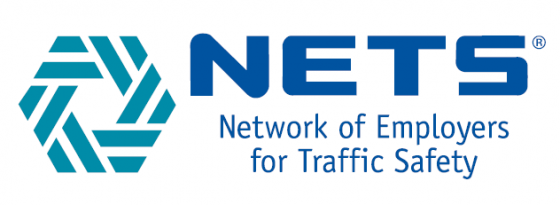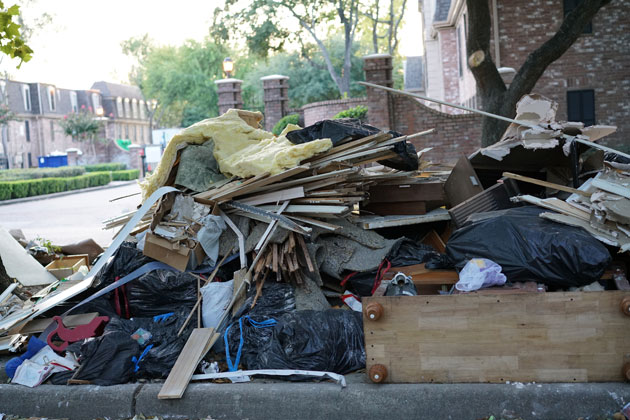American workers’ safety on the road continues to affect careers and companies. According to the Department of Labor’s National Census of Fatal Occupational Injuries in 2015, transportation incidents caused that year’s most fatal work injuries at a staggering 26%; the 1,264 roadway incidents also marked a 9% rise from 2014. When paired with other sobering statistics—such as positive urine drug testing in the workplace increasing 5% from 2014 to 2015, as previously reported—awareness groups are reacting to combat these statistics.
The Network of Employers for Traffic Safety (NETS) reports that vehicle crashes are the number one cause of death and injury in the workplace. In addition to the pain and suffering caused, traffic crashes cost employers more than billion annually in the U.
S. alone. Studies by the National Highway Traffic Safety Administration have concluded that 80% of all crashes and 65% of near-crashes are due to some form of driver inattention.
 NETS is addressing fleet safety and the dangerous combination of impaired driving while at work beginning Oct. 2, when it launches Impaired Driving, its newest Drive Safely Work Week campaign.
NETS is addressing fleet safety and the dangerous combination of impaired driving while at work beginning Oct. 2, when it launches Impaired Driving, its newest Drive Safely Work Week campaign.
The goal for the week is to equip employers with the means to improve awareness of the risks of impaired driving—operating a vehicle under the influence of alcohol, illicit and prescription drugs, and other substances—by offering tangible solutions employers can implement to reduce them. The NETS site, trafficsafety.org, offers an online toolkit which will be updated in October with Impaired Driving campaign activities that reinforce the program’s safe-driving messages. This includes customizable employer launch letters, fact sheets, pledge cards and interactive employee presentations.
While the campaign’s top priority is to save lives, it also sheds light on the major financial risks employers face when employees drive under the influence. NETS information indicates that the average cost of an on-the-job crash to employers is:
- $670,000 per fatality,
- $65,000 per non-fatal injury, and
- $6,000 for property damage.
Impaired Driving is DSWW’s third campaign of the year. The safety week had been observed annually for many years, but NETS updated its structure to quarterly deliveries in 2017. Its focus will not be time-sensitive or tied in with certain events or holidays.
This way, any of the campaigns can be tailored to the employer’s schedule, without consuming significant time from the work day, said NETS executive director Joe McKillips.
“With these changes, our mission remains the same,” McKillips said. “[That mission is] to improve the safety and health of employees, their families, and members of the communities in which they live and work by preventing traffic crashes that occur both on-and off-the-job.”
For employers looking to host a safety week, NETS suggests alerting employees up to two weeks prior to the week by email and posting notices.
During a scheduled Drive Safely Work Week:
- Post social media announcements
- Distribute employee fact sheet(s)
- Conduct distracted driving training workshop and/or webinar using the PowerPoint presentation contained in the downloadable campaign materials
Founded by the National Highway Traffic Safety Administration (NHTSA), NETS is an employer-led road safety organization comprising global traffic safety leaders across private industry and government, whose fleets range from fewer than 100 vehicles to more than 50,000.

 It’s difficult to find a photo of Houston, Miami, or any city hit by Hurricanes Harvey and Irma that doesn’t contain mountains of debris. As cleanup continues, more trash is piling up everywhere. Cities and towns are faced with a number of issues including costs, expediency, manpower and just what to do with all that trash.
It’s difficult to find a photo of Houston, Miami, or any city hit by Hurricanes Harvey and Irma that doesn’t contain mountains of debris. As cleanup continues, more trash is piling up everywhere. Cities and towns are faced with a number of issues including costs, expediency, manpower and just what to do with all that trash. Every year in September, leaders in the insurance world celebrate the profession and show their support for the next generation of risk management and insurance professionals. This year, close to 700 executives made their way to the Spencer Educational Foundation’s 9th Annual Gala on Thursday night at the New York Hilton Midtown. Nearly million in donations were accepted at the event, a critical fundraising initiative for the Foundation.
Every year in September, leaders in the insurance world celebrate the profession and show their support for the next generation of risk management and insurance professionals. This year, close to 700 executives made their way to the Spencer Educational Foundation’s 9th Annual Gala on Thursday night at the New York Hilton Midtown. Nearly million in donations were accepted at the event, a critical fundraising initiative for the Foundation. risk professionals.”
risk professionals.” amazing industry that truly makes a difference.”
amazing industry that truly makes a difference.”